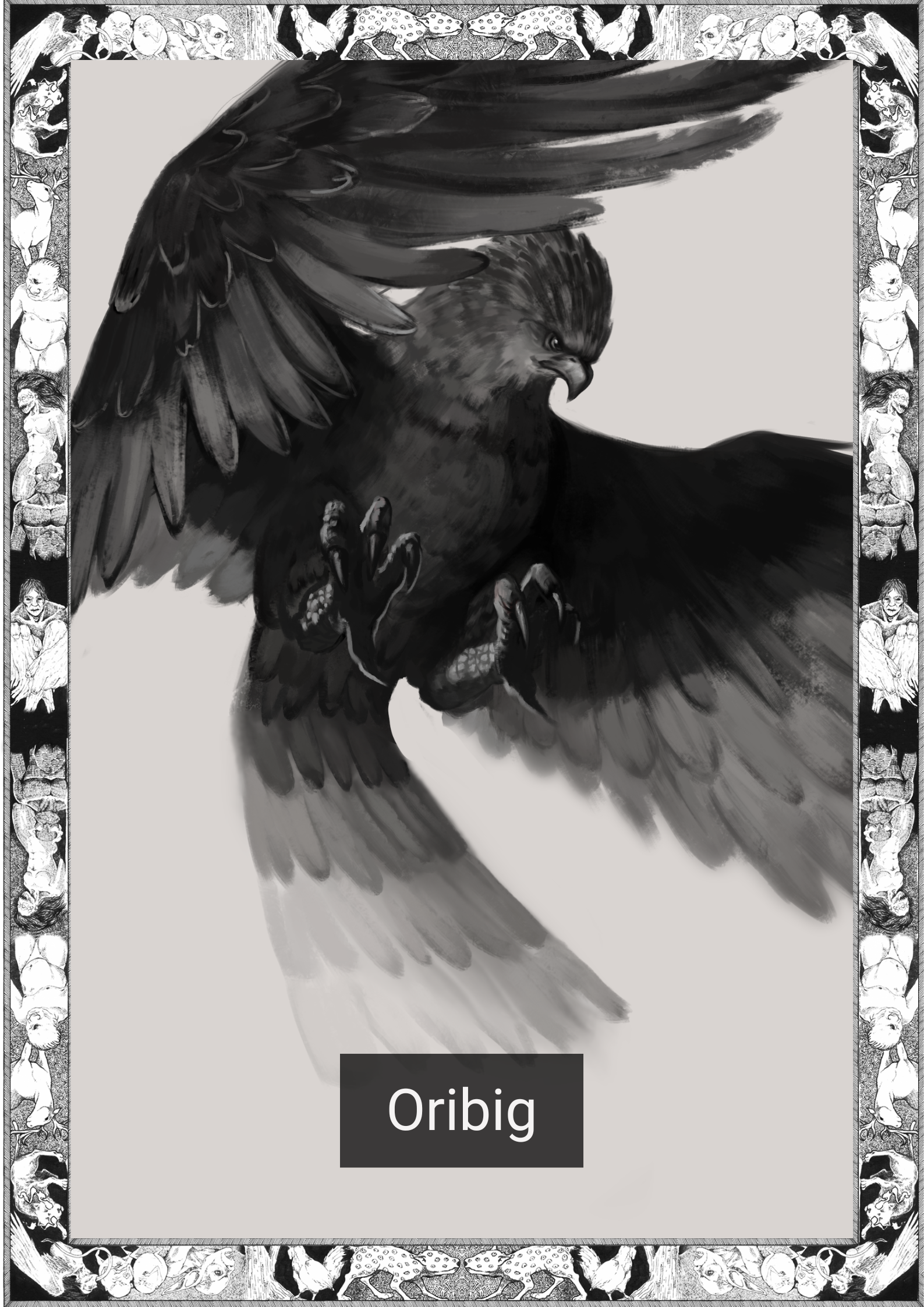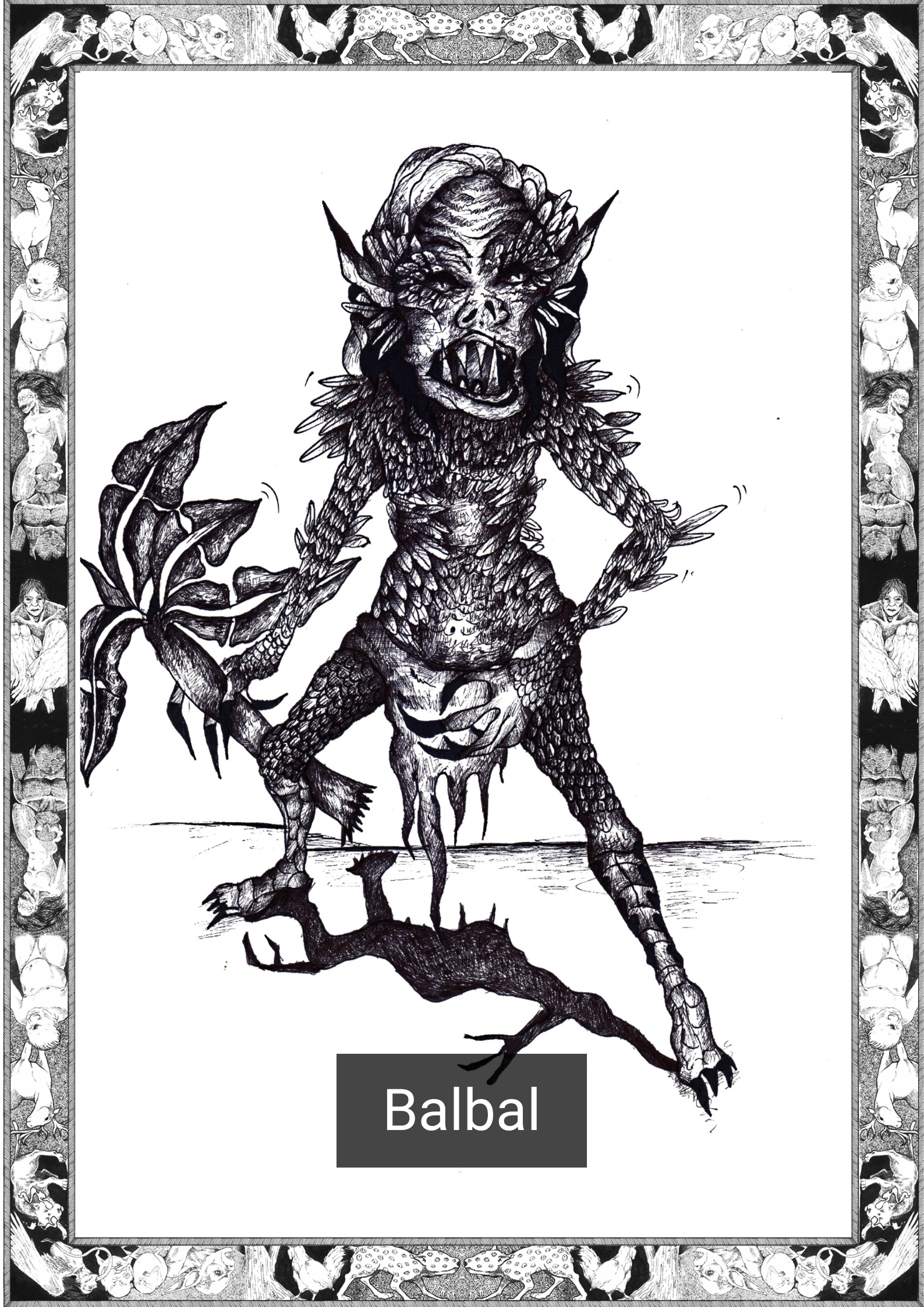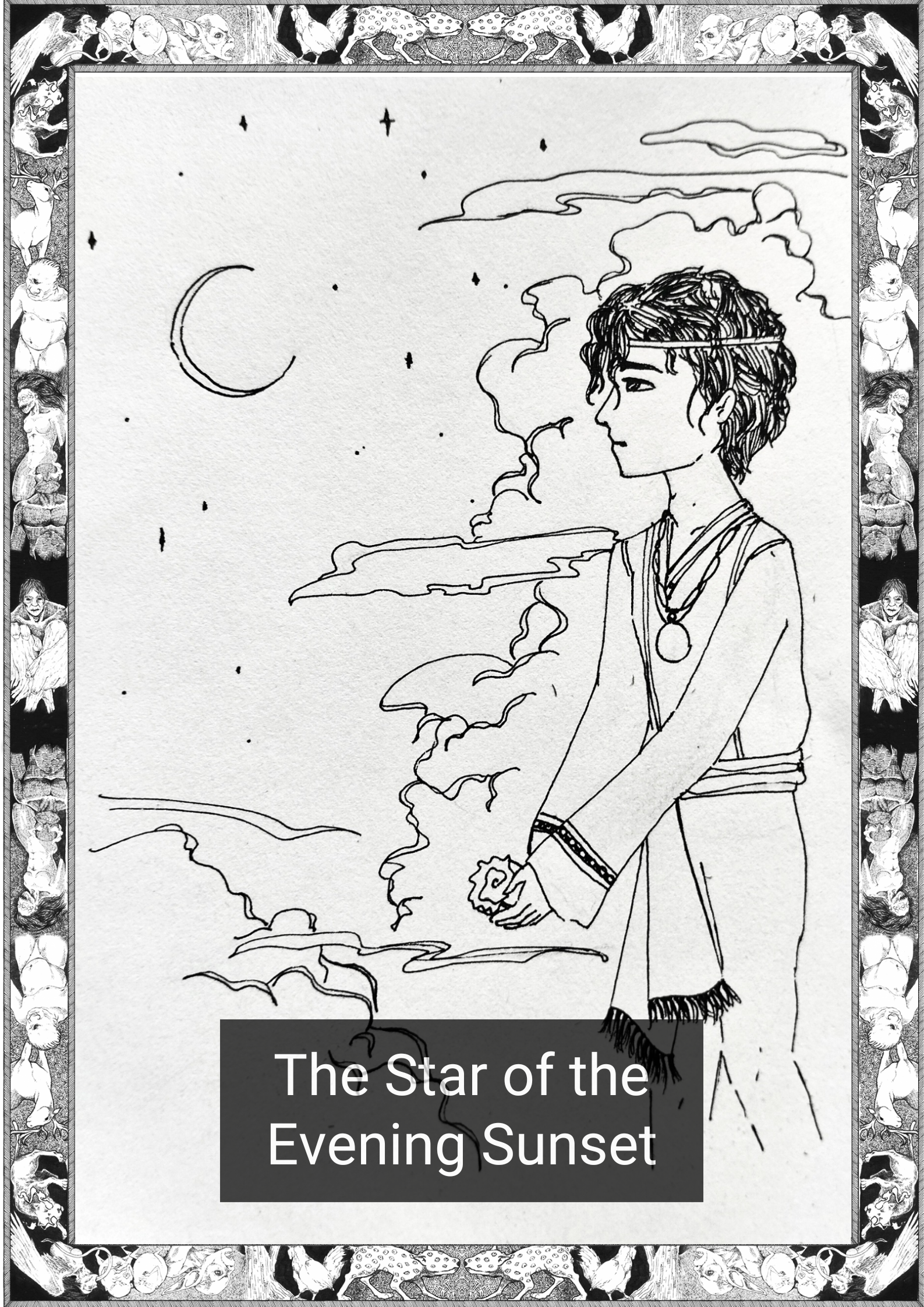 *Note this story is in Kinaray-a
*Note this story is in Kinaray-a
Batyagan ko mangud ya pagdúot kang maramig nga sundang sa pánit ko.
Nagsugod ja kayang hapon kang alas singko y medya. Natapos bai timprano ya sipal namon mu karan nga si Nanay gina pa-uli’ du ko tulad. Apang samtang ga panaw ko pa-uli’, may nabati-an ko nga daw urangol pai hinay. Gin lisó ko ya ulo ko sa tu’ú kag kang nakita ko ya púno ka Santol, man’an ko run kung ano agtong nabatían ko.
“Wak.. wak.. wak….”
Gatagring nga huní sa taringa ko. Pai naaligmatan takón kang madumduman ko ya gin kuon kanakon kang mga katigulangan kauna. “Kung ya huní kang Wakwak matúnog, marayo day’á kanimo. Pai halong timo kung maghinay ana huní kai marapit du ran tana..”
Sa huná-huná ko samtang ga parang lápsi’on takón pasulod sa balay.
Ya sanga kang Santol nmon ga latay sa atup kang kwarto dai Nanay, muran makita ko gilayún kung may wakwak mangud o wara. Kang nakita ko ya gamabdos ko nga iloy garantaw ti TV, man’an ko run ano ana kinutuyó. Daw ma supúkay gid kami kara.
Dayon ko daragan pa kamalig kag bul’on ya sundang. Man’an ko run ya buhaton ko mu ja guro du kamag’an tana ti bit-biton. Tinago ko ya sundang sa bulsa ko kag nagpungko íngud kay Nanay samtang gahurat ka mga tini-ón nga magpakita ana marabog nga díla’.
Naghurat ko…
Kag naghurat…
Tungá’ dun sa oras nagdayon, tinak’an du ko kahurat mura nag panaw ko paagto sa puno kang Santol kag namati kung bati’on pa ti limog na.
Nadura dun ya huní na..
Asta tulad, gina binag-binag ko nga basi man’an ka wakwak nga batu-an ko gid tana kung biktímahun ya si Nanay. Pai di ko japon maributay kag gaparindog balahibu ko kada turok ko sa puno ka Santol. Inang bisán san’o, basí makabatí du man ko mahinay nga huní ka…
“Wak..wak..wak..”
=——————————————=
English Version
I could feel the cold steel of the knife pressing against my skin.
It started at 5:30 pm. The basketball game didn’t take too long and my mom wanted me home early so I rushed home as soon as I could. The sound was faint, but very distinct. I looked towards my right and when I saw the santol tree I knew exactly what it was.
“Wak….wak…..wak….”
The sound rang in my ears and suddenly I was hit with my grandparents voices, “If the wakwak sound is loud then that means the creature is far, but be careful if the voice is soft, for that means it is very near.” My blood ran cold the moment I entered the house.
The santol tree was right above the bedroom of my parents, so I knew I had to see if there was anything there that the wakwak might want. When I saw my pregnant mother watching TV, that’s when I knew. The fight had begun.
I raced to the kitchen to get a knife, it felt light in my hand,
probably because I was sure of what I had to do. I hid the knife in my shorts, and sat next to my mother, waiting for the moment the monster would let loose its red tongue.
I waited.
I waited.
It was 30 minutes that I stayed on guard. 30 minutes until I ventured outside to the santol tree to hear if the voice persisted.
I waited and it was gone.
To this day, I’d like to think the creature sensed that I was ready for a fight and that my mother wouldn’t be easy prey. But there are still shivers down my spine every time I look at that santol tree, half expecting to hear a soft falsetto of
“Wak…..wak…..wak….”
=——————————————=
*The Karay-a language, or Kinaray-a is an Austronesian regional language spoken by the Karay-a people, mainly in Antique in the Philippines, Iloilo and other provinces on the island of Panay, as well as portions of the SOCCSKSARGEN region in Mindanao. It is one of the Visayan languages, mainly along with Aklanon/Malaynon, Capiznon and Hiligaynon. As of 2015, there is an estimated 1,200,000 speakers of Kinaray-a with almost half of them are from Antique and Iloilo provinces.
Written by Karl Gaverza
Translation by Arj Horlador
Copyright © Karl Gaverza
Translation Copyright © Arj Horlador
Inspired by a story told by Ian Quirante
Wak-wak Illustration by Ian Quirante
FB: Ian Quirante Illustrations
IG: https://www.instagram.com/iq_artworks/











